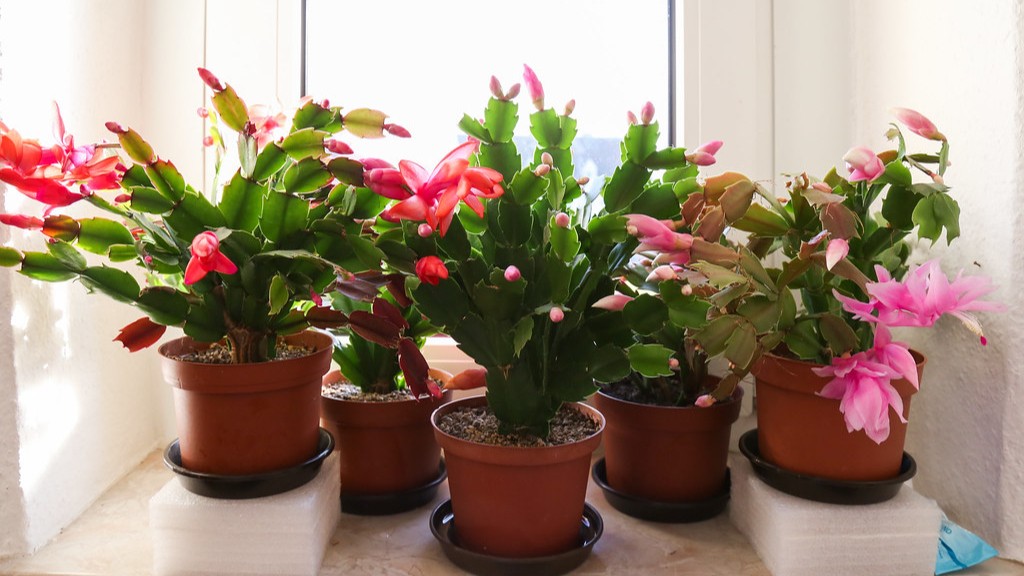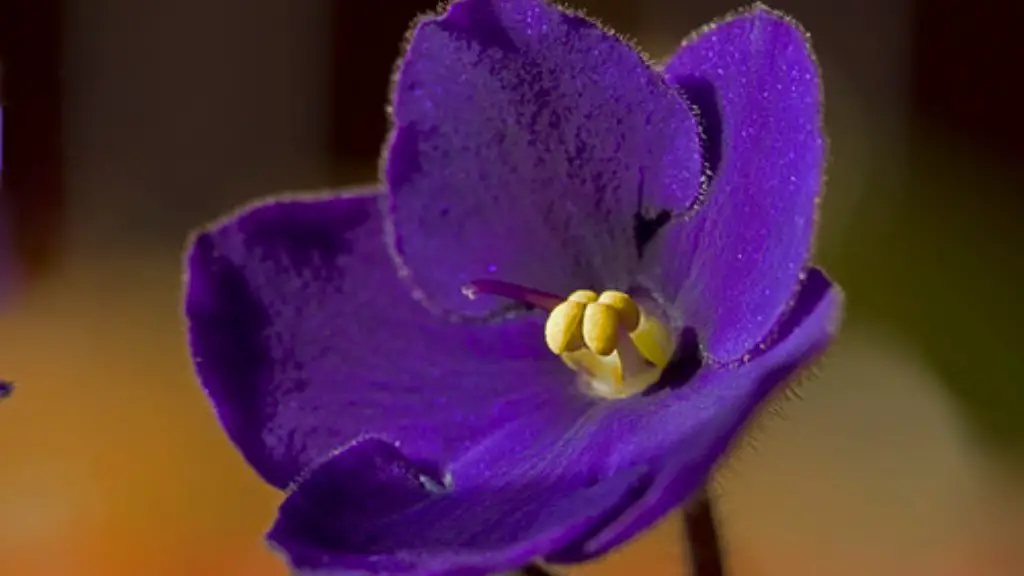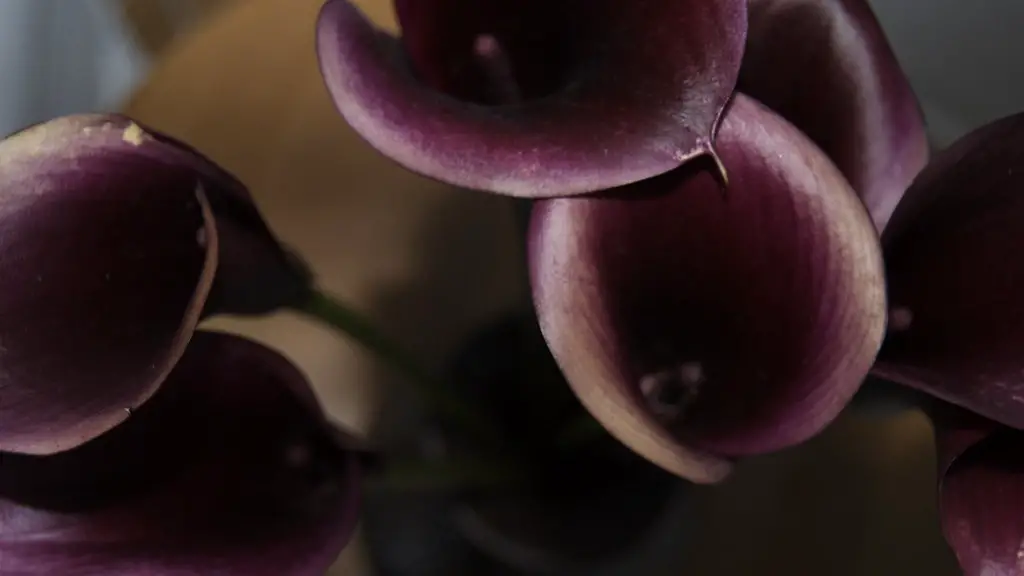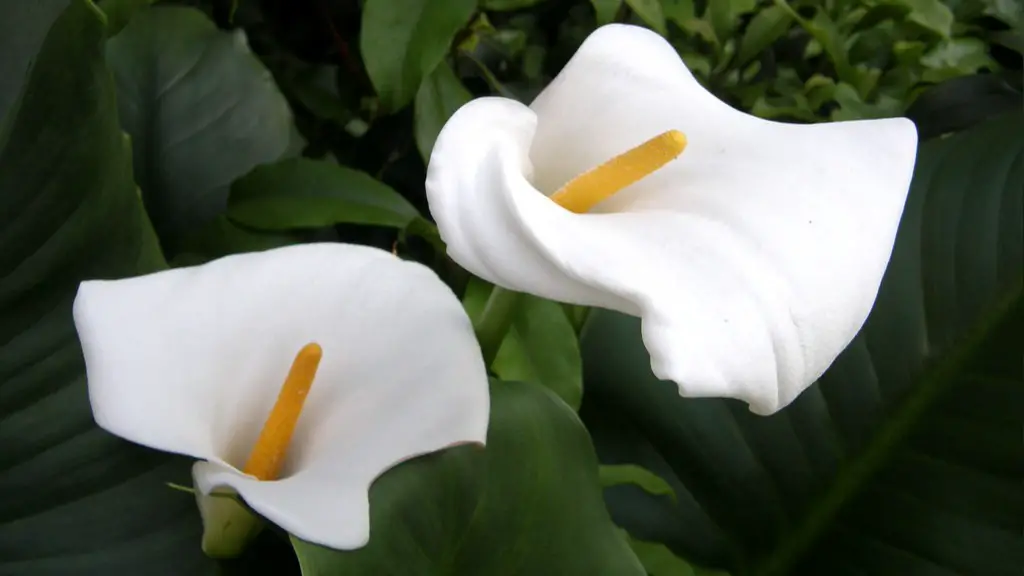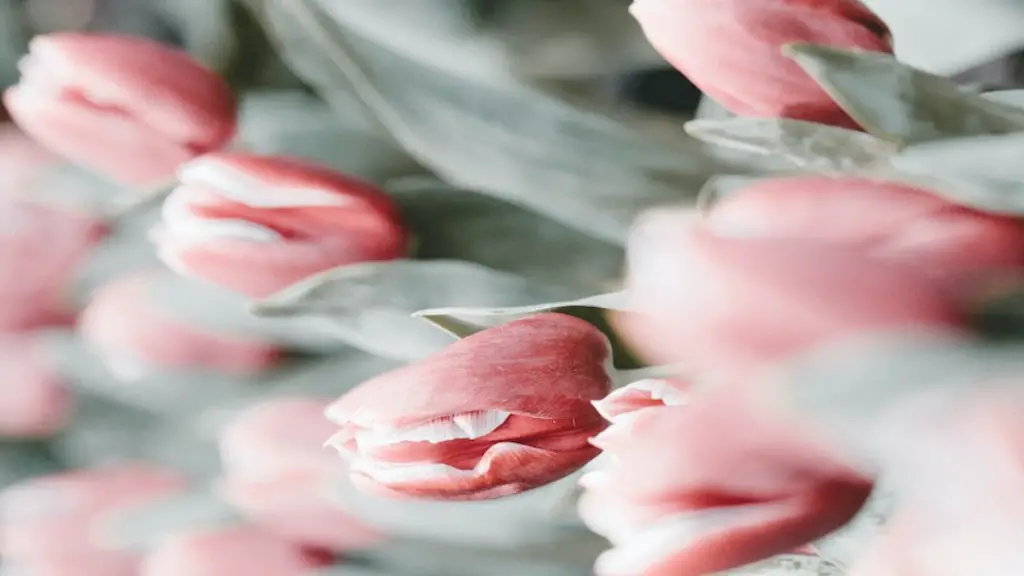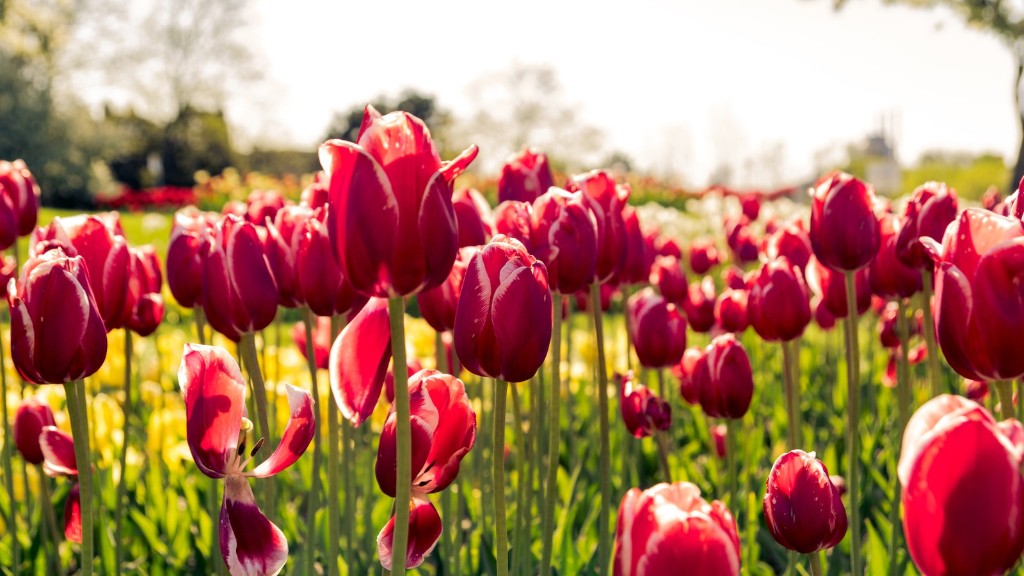It’s that time of year again! When the days start getting shorter and the temperatures start to drop, it’s time to bring your Christmas cactus inside. Although it’s called a Christmas cactus, it can actually be kept indoors all year round. Just make sure to give it plenty of light and water, and it will thrive.
The best time to bring your Christmas cactus inside is in late September or early October, when the nights start to cool down and the days are still warm.
At what temperature should I bring my Christmas cactus inside?
Christmas cacti prefer a more humid environment, which makes a bright bathroom or kitchen a good spot to keep them. In the summer, Christmas cacti can be placed in a shady spot in the garden or in an unheated porch until temperatures get below 50°F (10°C). Keep them out of direct outdoor sunlight.
This will help to trigger the plant’s natural process of preparing for winter dormancy. By providing a period of uninterrupted darkness, you are essentially fooling the plant into thinking winter has arrived and it is time to start slowing down its metabolism and preparing for a long rest.
How cold is too cold for a Christmas cactus
If you live in an area that experiences cold winters, it’s important to protect your Christmas cactus from the cold weather. The ideal temperature range for this plant is between 70°F and 80°F (21°C to 27°C). Unfortunately, the Christmas cactus is not frost tolerant and will suffer permanent damage if exposed to temperatures below 50°F (10°C) for long periods. If you’re not sure if the temperature in your area will dip below 50°F, it’s better to err on the side of caution and bring your plant indoors.
If you want your Christmas cactus to bloom, you should bring it inside when night temperatures start to dip into the 40s. Christmas cacti form flower buds in response to shorter days and longer periods of darkness, so keeping it inside will give it the best chance of blooming.
What month do you not water Christmas cactus?
During the fall, it’s important to cut back on how much you water your Christmas cactus. Let the top two or three inches of soil dry out between waterings. This will help the plant enter a state of dormancy, which is necessary for the bloom cycle. Once the plant is in bloom, you can increase watering and provide more light and warmth.
Christmas cacti are beautiful plants that thrive in humid conditions. If your home is dry during the winter months, place your plant on a tray of pebbles or near other plants. Water your Christmas cactus when the top surface feels dry and never let it sit in water. For optimal growth, provide your plant with daytime temperatures of 65 to 70 degrees and evening temperatures of 55 to 65 degrees.
What triggers blooming in Christmas cactus?
If you want to get these cacti to bloom, you need to make sure they get long, dark, cool nights. They need 14-16 hours of uninterrupted darkness and 8 hours of daylight for 3-6 weeks to set flower buds.
A Christmas cactus must go dormant to flower. In their natural habitat in South America, Schlumbergera goes dormant as the nights grow longer and cooler. This allows the plant to enter its blooming cycle and set buds. If you want your Christmas cactus to flower, you must replicate these conditions by giving it a period of cool (but not cold), dark nights starting in October.
Where is the best place to put a Christmas cactus
Holiday cacti grow best in partial shade and when the temperature is between 70° and 80℉.
It’s important to water your Christmas cactus regularly, especially during the growing season. A good rule of thumb is to water every one to two weeks in the spring and summer, and every three to four weeks in the fall and winter. In warmer zones, you may need to mist your Christmas cactus daily, watering thoroughly only when the soil has completely dried out.
Is 40 degrees too cold for cactus?
Succulents and cacti are generally very tolerant of temperature fluctuations, but there is a sweet spot that they do best in. Temperatures that are too hot or too cold can cause irreversible damage.
Dropping buds can be a result of overwatering, temperature extremes or lack of light. Your plant was given special treatment to make it bloom at Christmas, and it was provided with perfect growing conditions during this time. Somewhere in transit, or perhaps in your home, it encountered less than ideal conditions.
Is it OK to leave Christmas cactus outside
You can actually move Christmas cacti outside during the summer—they’ll love the humidity! Just be sure to keep them in a protected, shady area (you could even hang them among the tree branches for a landscape surprise) and don’t let pots sit in water after a heavy rain.
As with most plants, your Christmas cactus will bloom longer if it is kept in a cool bright location. Avoid drafts of hot and cold air, moisture stress and other changes in the environment. Water the soil thoroughly and often enough to keep the soil slightly moist.
Should you water a Christmas cactus while it’s blooming?
Watering: Keep the soil evenly moist while your plant is blooming, misting it frequently.
Light: Place the cactus in an east-facing window for moderate light and some direct sun.
Fertilization: Apply a high-potassium fertilizer every two weeks once buds form.
A Christmas cactus can bloom up to two times per year if they are given the proper care and dormancy conditions. It is normal for them to bloom in December and sometimes they will flower again in the spring. Providing the cactus with a long period of darkness (12 hours or more) and cooler temperatures (around 50-55 degrees) in the fall will help encourage blooming.
Conclusion
The Christmas cactus should be brought inside around the beginning of October, before the first frost.
As the weather cools in autumn and the days become shorter, it’s time to start thinking about bringing your Christmas cactus indoors. This succulent is known for its ability to thrive indoors and its beautiful blooms that appear around the holidays. Here are a few tips on when to bring your Christmas cactus inside.
First, check the forecast. If the temperature is going to dip below 50 degrees Fahrenheit, it’s time to move your plant inside. You’ll also want to bring it in if there is a chance of frost or freezing temperatures.
Second, take a look at your plant. If it’s starting to drop its leaves or the blooms are beginning to fade, it’s a good sign that it’s time to come indoors.
Finally, acclimate your plant to its new indoor environment gradually. Start by moving it to a spot that receives indirect sunlight and then slowly increase the amount of light it gets each day. With a little care, your Christmas cactus will thrive indoors all winter long.
